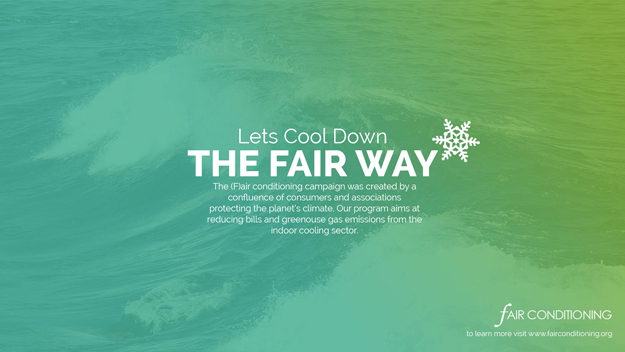Vitals
-
- Owner
- Ministry of Environment and Forest (MoEF)
-
- Occupied In
- 2013
-
- Location
- Delhi
-
- Building Type
- Office
-
- Occupancy
- 600
-
- Operating Hours
- 8.5 hrs/day
-
- Total Floor Area Unit
- SQ. M.
-
- Total Floor Area
- 31400
-
- Air-conditioned Area
- 11967 sq.m
-
- Grid Connectivity
- Grid Connected
-
- EUI/EPI
- 24.13 KWh/m2/year
-
- Building Name
- Indira Paryavaran Bhavan (IPB)
Project Team
-
- HVAC Engineer
- Spectral Services Consultants
-
- Project Management
- CPWD
-
- Green Building Consultant
- Deependra Prashad, Architects and Planners (DPAP)
-
- Architect
- Public Work Department (PWD)
Building Design
-
- Orientation
- Building is north-south oriented
-
- Wall
- Insulated walls using an integrated AAC + Rockwool combination with high efficiency double glass unit and UPVC frames for the windows.
-
- Roof
- Cool roofs by use of high reflectance terrace tiles curtailing heat ingress
-
- WWR
- Optimal window-wall ratio
-
- Daylighting
- 70% natural daylight is made available.
-
- Artificial Lighting System
- Energy efficient lighting system ( LPD = 5 W/m2) , nearly 50% more efficient than Energy Conservation Building Code 2007 requirements ( LPD = 11 W/m2) reduces energy demand further
- Remaining lighting load supplied by building integrated photovoltaic (BIPV)
-
- Sensors/Controls
- Use of energy efficient lighting fixtures (T5 lamps)
-
- Passive Cooling System
- Orientation: Building is north-south oriented, with separate blocks connected through corridors and a huge central courtyard. Orientation minimizes heat ingress.
- Landscaping: Plantation covers more than 50% of the total area outside the building. Circulation roads and pathways are softly paved to enable groundwater recharge.
- Daylighting: 75% of building floor space is daylit, thus reducing dependence on artificial sources for lighting. Inner courtyard serves as a light well.
- Ventilation: Central courtyard helps in air movement as natural ventilation happens due to stack effect.
- Building Envelope and Fenestration:
Optimized Building Envelope: Window assembly (U-Value 0.049 W/m2K), VLT 0.59, SHGC 0.32
UPVC windows with hermetically sealed double glazed using low heat transmittance index glass
Rock wool insulation
High efficiency glass - Materials and construction techniques :
AAC blocks with fly ash
Fly ash based plaster & mortar
Stone and Ferro cement jaalis
Local stone flooring
Bamboo jute composite doors, frames and flooring
High efficiency glass, high VLT, low SHGC & Low U-value, optimized by appropriate shading
Light shelves for diffused sunlight
-
- Active Cooling System
- 160 TR of air conditioning load of the building is met through Chilled beam system. The chilled beam is used from the second to the sixth floor. This system reduces energy use by 50% compared to a conventional method. HVAC load of the building is 40 sq.m/TR which is 50% more efficient than ECBC requirements (20 sq.m/TR). Chilled water is supplied at 16°C, and the return temperature is 20°C. Drain pans are provided with the chilled beams to drain out water droplets due to condensation during monsoon.
- Water cooled chillers, double skin air handling units with variable frequency driver (VFD). Chilled beams save AHU/FCU fan power consumption by approximate 50 kW. VFD are provided in chilled water pumping system, cooling tower fans, and AHUs. Fresh supply air is pre-cooled from toilet exhaust air through sensible & latent heat energy recovery wheel. Control of HVAC equipment & monitoring of all systems through integrated building management system.
- The project has utilized Geothermal Heat Exchange System. There are 180 vertical bores to the depth of 80 meters all along the building premises. Minimum 3 meter distance is maintained between any two bores. Each bore has HDPE pipe U-loop (32mm outer diameter) and grouted with Bentonite Slurry. Each U-Loop is connected to the condenser water pipe system in the central air conditioning plant room. One U-Loop has 0.9 TR heat rejection capacity. By combining the U-loops, the total heat rejection capacity 160 TR without using a cooling tower
-
- Sensors/Controls
- Control of HVAC equipment & monitoring of all systems through the integrated building management system
-
- Shading
- Hermetically sealed double glaze
- Glass U-value: 0.049 W/m2K
- Glass SHGC: 0.32
Building Performance
-
- Renewables
- Rated capacity of solar PV installed on site is 930 KW
Finances
Lessons Learned
References
-
- Ratings
- 5 Stars by Griha
- Platinum by LEED

